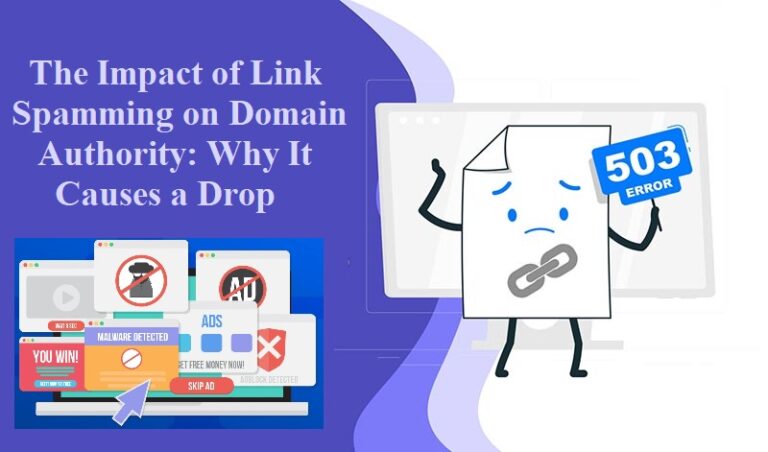Creating a safe environment for children within the confines of our homes is a paramount responsibility for parents and caregivers. Childproofing your home not only ensures a safe haven for kids but also offers peace of mind to the entire family. From exploring new territories to learning about the world around them, children are naturally curious and often unaware of potential dangers that exist within our homes.
Therefore, taking proactive measures to childproof your living space is crucial. Here are essential tips to consider when childproofing your home:
1. Identify Potential Hazards
Begin by surveying your home from a child’s perspective. Get down to their eye level and look for potential dangers. Outlets, sharp corners, unsecured furniture, dangling cords, choking hazards, toxic substances, and access to high-risk areas (like stairs and cabinets) are primary concerns. Identifying these risks is the first step toward mitigating them effectively.
2. Secure Furniture and Appliances
Anchoring heavy furniture and appliances to the wall is imperative to prevent tipping accidents. Bookshelves, dressers, TVs, and other heavy items should be secured using brackets or straps. Consider items that could be pulled or climbed on, ensuring they are firmly fixed to avoid accidents.
3. Childproof Electrical Outlets
Cover all electrical outlets with safety plugs or outlet covers. Children are naturally curious and may attempt to insert objects into outlets, posing serious risks of electric shock. These inexpensive covers are easy to install and significantly reduce this danger.
4. Install Safety Gates
Use safety gates at the top and bottom of staircases, as well as in doorways or areas where children should not access freely. Staircases are high-risk areas for falls, and safety gates act as a barrier to prevent accidental tumbles.
5. Store Hazardous Items Safely
Keep cleaning supplies, medications, chemicals, and other potentially harmful substances out of children’s reach. Store these items in locked cabinets or drawers. Additionally, keep sharp objects like knives and scissors secured and out of reach.
6. Window and Door Safety Measures
Put guards or locks on windows to stop falls and use window covers without cords to avoid accidents. Use covers on door knobs to keep kids away from risky areas. Smart locks can also help – they let you lock or unlock doors from your phone, keeping your home secure. Taking these steps makes your home safer for everyone in your family.
7. Corner and Edge Guards
Parents always want to keep kids safe, especially at home. Putting padding or guards on sharp furniture corners, like coffee tables or bookshelves, helps stop kids from getting hurt if they bump into them while playing. Since kids are curious and love to explore, it’s vital to make sure they’re safe whenever they’re at home.
8. Use Childproof Latches and Locks
Cabinets and drawers containing items hazardous to children, such as cleaning products or cutlery, should be secured with childproof latches. These locks prevent easy access and help avoid accidents.
9. Crib and Bed Safety
It’s super important to keep babies safe while they sleep. Parents should make sure cribs and beds meet safety rules. Take out soft stuff like pillows and toys from the crib to keep the baby safe from suffocation or SIDS. Even though cozy blankets and toys are cute, it’s safer to keep the sleeping area clear to protect the baby from any accidents.
10. Supervise and Monitor
Kids love exploring but might not know what’s dangerous. It’s really important to watch them, especially where there could be dangers like kitchens or swimming pools. Using baby monitors or cameras can help you see what they’re doing when you’re not in the same room. That way, you’ll know they’re safe, and you can feel better about what they’re up to.
Conclusion
Creating a child-friendly environment involves a comprehensive approach to identifying and eliminating potential hazards within your home. Childproofing is an ongoing process, and it’s crucial to regularly reassess your home as your child grows and becomes more mobile.
Remember, taking these measures not only ensures the safety of your children but also provides a peaceful and secure atmosphere for the entire family to thrive in. By implementing these essential tips, your home can truly become a safe haven for your children.

















+ There are no comments
Add yours